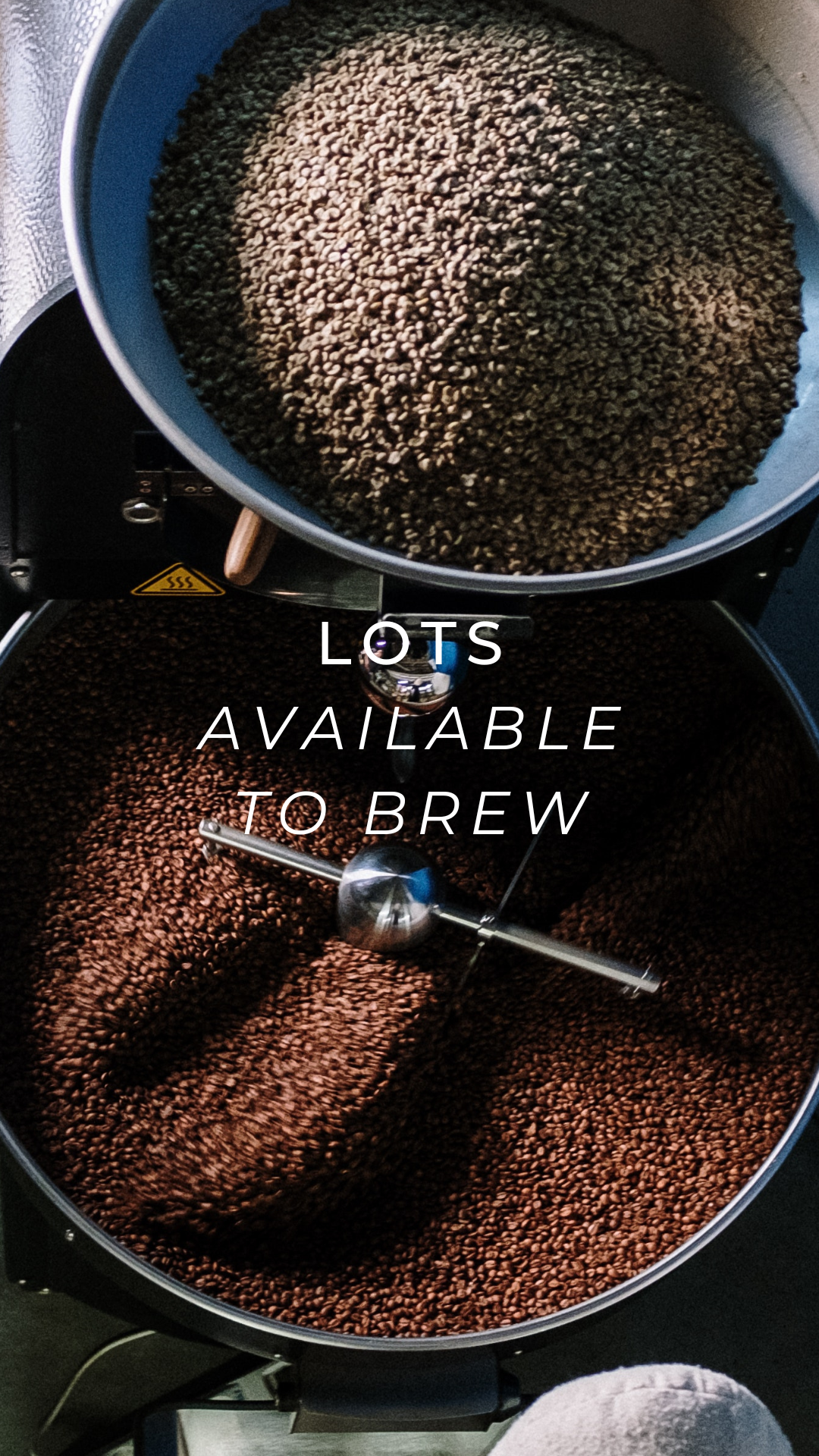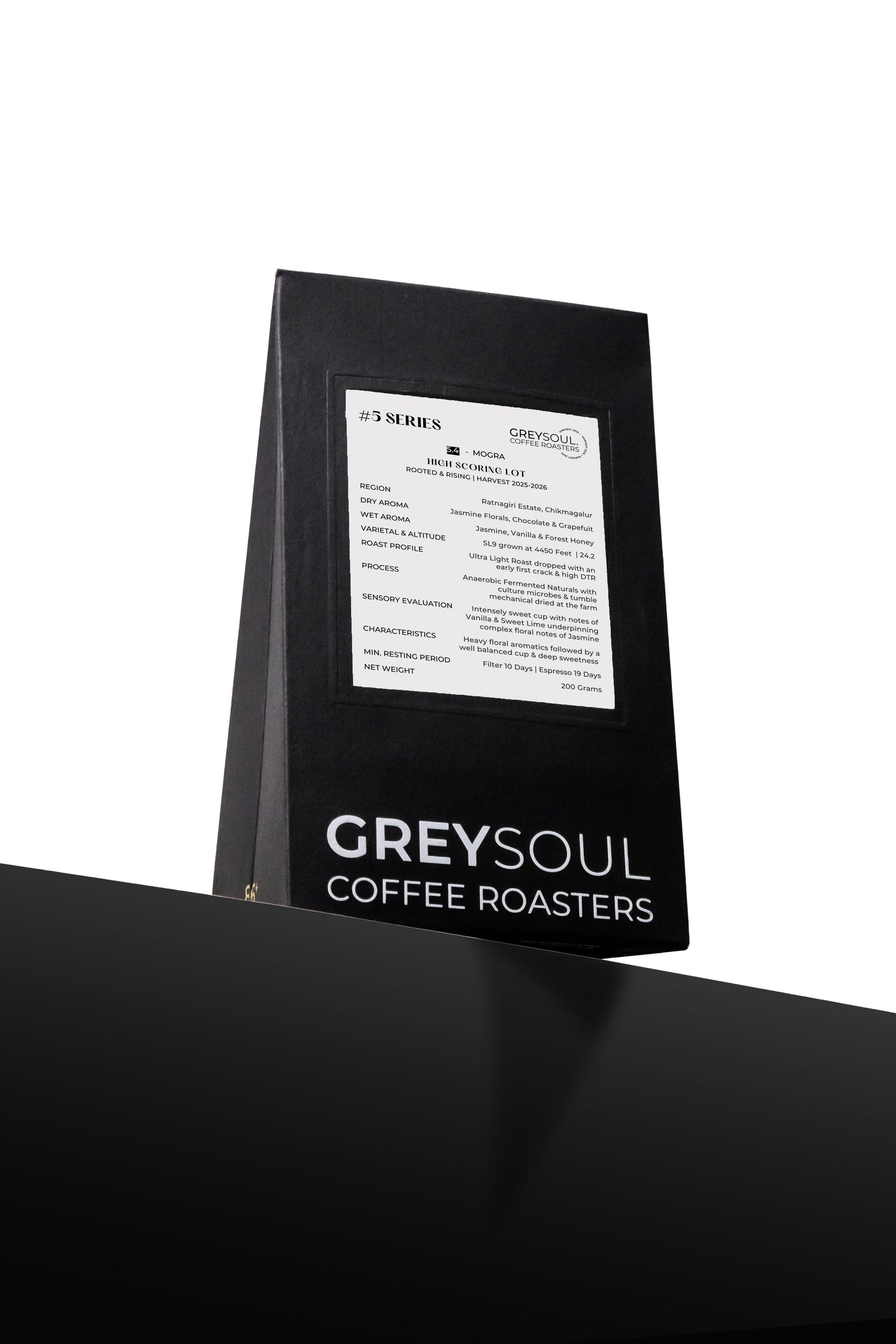
Light Roast vs Dark Roast: What Should You Brew at Home?
Share
If you’re just getting into specialty coffee, one of the first decisions you’ll face is: light roast or dark roast?
This choice affects everything — from flavor and aroma to how you brew and when you enjoy your coffee. Let’s break it down so you can make the best decision for your cup.
🔆 What is a Light Roast?
Light roasts are roasted to lower final temperatures (around 195–200°C) to retain the natural characteristics of the bean. You’ll taste origin-specific notes like citrus, floral, honey, or even wine-like acidity.
-
Color: Light brown
-
Flavor: Bright, acidic, tea-like
-
Best for: Pour-over, AeroPress, drip bags
-
Our Pick: Grey Soul’s Araku Light Roast — dropped at 196°C for a vibrant, clean cup
🔥 What is a Dark Roast?
Dark roasts are taken to higher temperatures (210°C and above) where sugars caramelize and oils emerge. The beans lose some origin identity but gain boldness and body.
-
Color: Dark brown to black
-
Flavor: Smoky, chocolaty, low acidity
-
Best for: French press, espresso, moka pot
-
Our Pick: Espresso Roast – Chikmagalur — full-bodied with chocolate and spice
🔍 Key Differences at a Glance
| Roast Type | Acidity | Flavor Notes | Best Brew Methods |
|---|---|---|---|
| Light Roast | High | Floral, Fruity, Bright | Pour-over, Drip, AeroPress |
| Dark Roast | Low | Bitter, Bold, Toasty | French Press, Espresso |
🧠 Pro Tip:
If you like to taste the bean, go light. If you prefer deep, café-style richness, go dark. Or try both — many customers start with a sampler.
🛒 Shop Both Profiles
Final Sip:
No roast is better — only different. The right roast is the one that suits your taste, your brew method, and your mood. So don’t overthink it — just start brewing and explore the spectrum.

